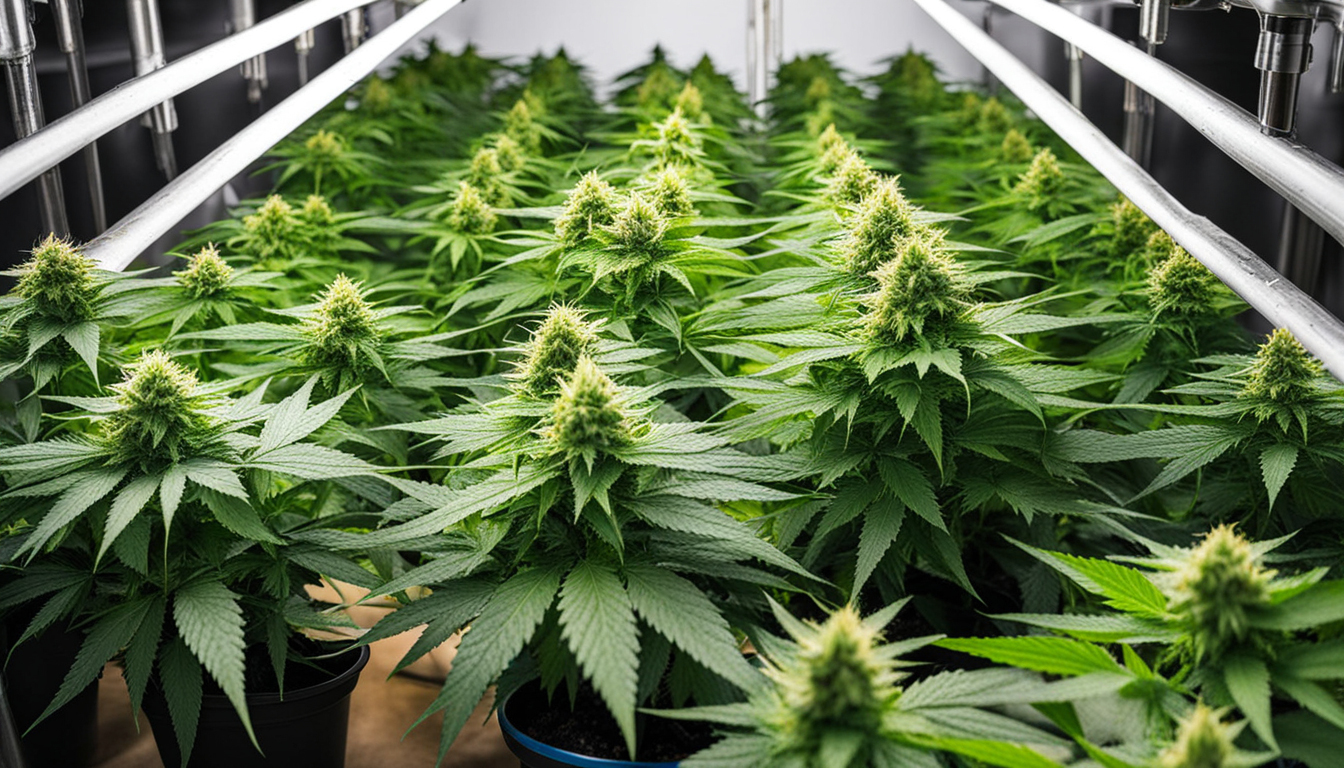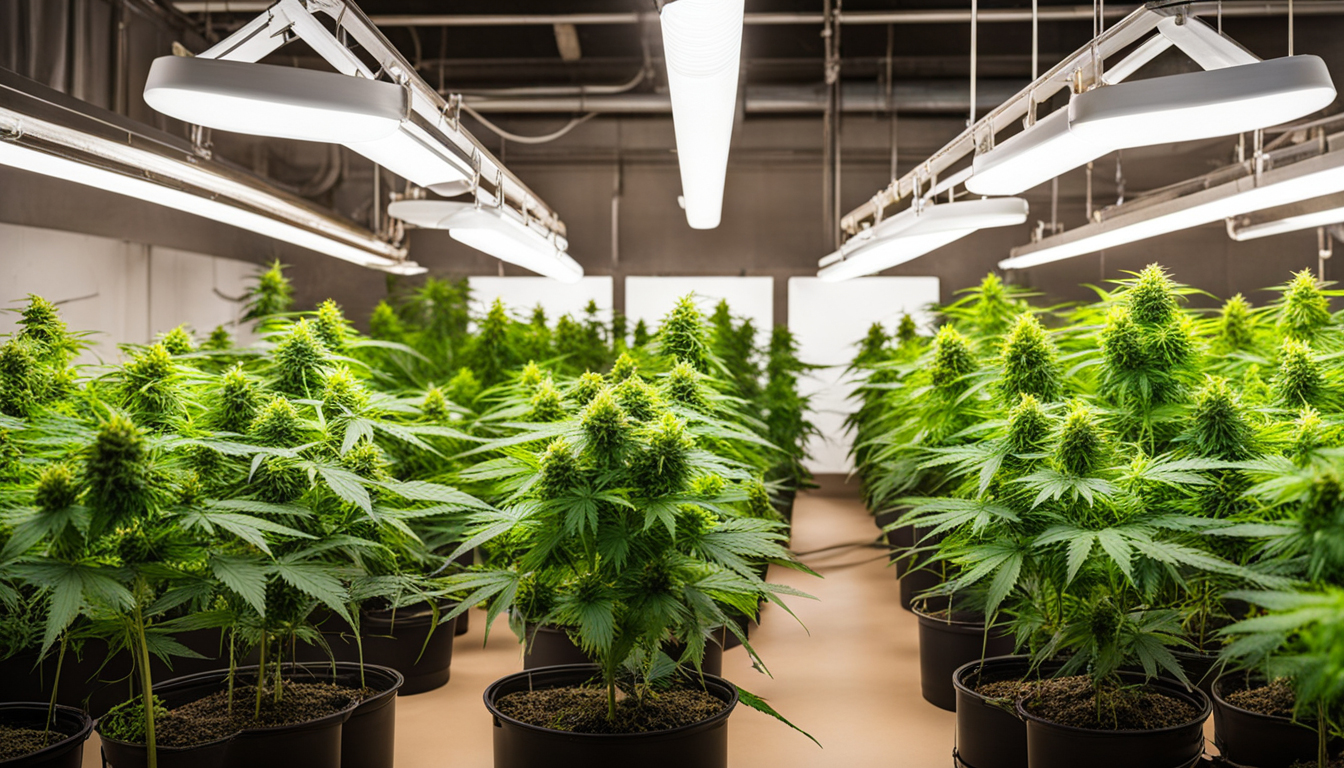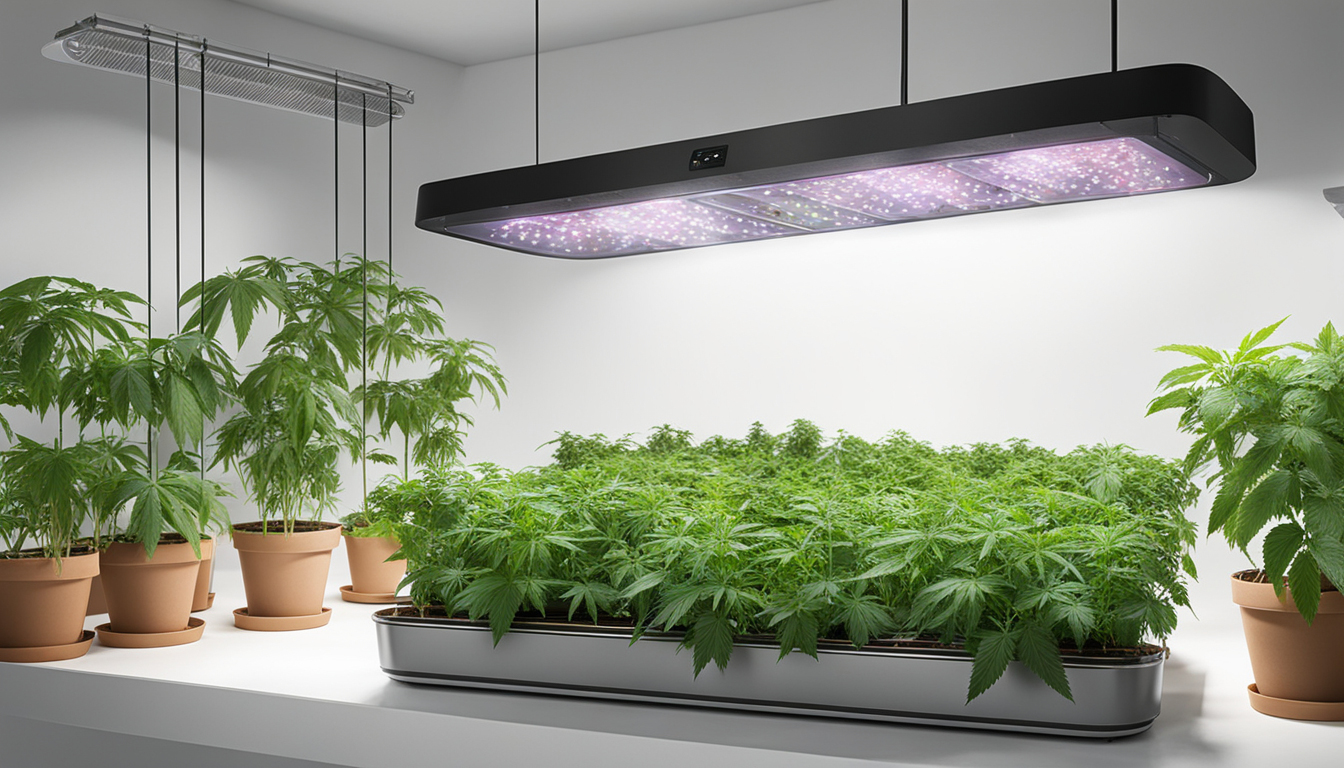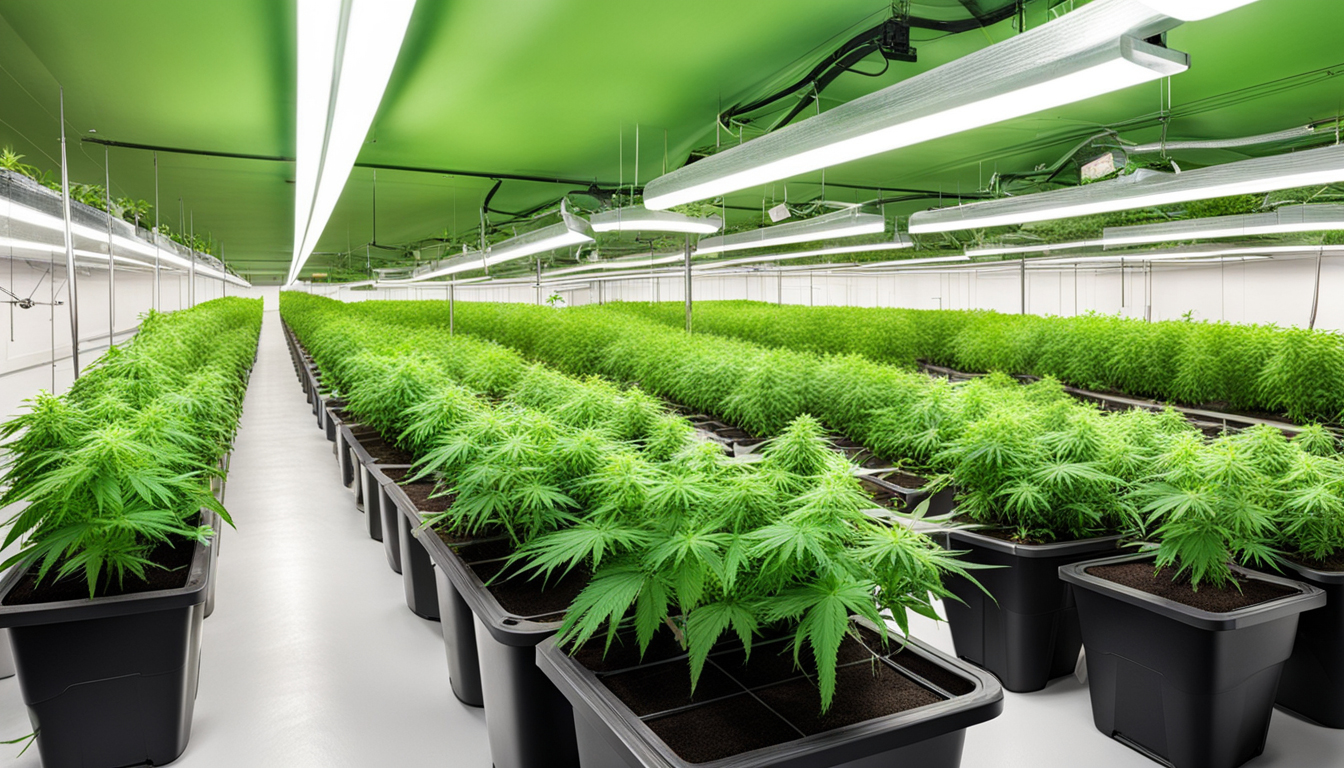
Whether you're new to marijuana production or looking to improve your existing grow, following this complete guide will help you produce large, high-quality yields right at home. With the right gear, strategies, and attention, growing cannabis indoors can be an extremely satisfying and cost-effective endeavor.
Choosing Marijuana Varieties
The first step in planning your indoor harvest is picking the right cannabis varieties to grow. The three main types of marijuana plants each have their own qualities.
Energizing strains
Known for their energizing cerebral effects, sativas grow tall and slender with narrow leaves. They thrive in hotter tropical climates and have a longer blooming time between 2.5-3 months indoors. Top energizing varieties include Sour Diesel, Durban Poison, and Jack Herer.
Relaxing strains
These strains provide calming body-focused effects and spread short and bushy with wide leaves. Accustomed to colder mountain climates, they bloom faster within 8-9 weeks. Popular indica strains include Granddaddy Purple, Northern Lights, and Bubba Kush.
Hybrids
Hybrid strains blend traits from both sativas and indicas. They offer combined effects and have moderate flowering times around 2.25-2.5 months. Popular mixes are OG Kush, Girl Scout Cookies, and Blue Dream.

Setting Up Your Grow Space
Pot plants need the right controlled environment to succeed. Key factors for indoor farms are lighting, ventilation, layout, and finding the ideal discreet area.
Location
Choose an available space with quick access to water and electrical outlets. An empty extra bedroom, unused closet, corner of the basement, or cultivation tent tucked away in a garage all make great stealthy cultivation room spots.
Lights
Weed requires intense light for all vegetative stages. LEDs are energy-efficient and come in full spectrum options replicating natural sunlight. Provide 250-400 watts per square foot for the growth stage and 400-600 watts per square foot for bloom.
Airflow
Proper airflow and exhaust systems keep ideal temp, humidity, and pure CO2 levels. Set up silent 10-15 cm blowers or carbon filters to circulate old air and eliminate smells.
Layout
Optimize your space by arranging plants carefully under the lights and leaving room to access and work around them. Set up distinct zones for vegetation, bloom, curing, and cloning.

Growing Substrates
Weed can be cultivated in different substrates, each with pros and cons. Pick a proper option for your specific setup and growing style.
Soil
The traditional medium, soil is inexpensive and easy for new growers. It provides excellent flavor but needs more watering and nutrients to feed plants. Amend soil with vermiculite or coco to improve aeration.
Coconut coir
Made from coconut husks, renewable coco coir retains water but still lets in air to the roots. It's cleaner and more consistent than soil. Use coir-specific nutrients to prevent calcium buildup.
Hydroponics
In water systems, plant roots grow directly in fertilizer water solution. This allows quick growth but needs close monitoring of solution properties. Deep water culture and irrigation systems are popular techniques.
Sprouting Seeds
Sprouting activates your weed seeds to start sprouting taproots. This readies them for transplanting into their growing medium.
Paper Towel Method
Put seeds between damp paper towels and maintain them damp. Check after 2-7 days for emerging taproots showing sprouting is complete.
Direct Planting
Plant seeds right into pre-moistened growing medium 6mm deep. Gently water and wait 7-14 days until seedlings push through the Watch Now surface.
Cubic rockwool
Soak rockwool cubes in balanced water. Place seeds 6mm deep into the cubes. Keep cubes moist until seedlings emerge within a week to 2 weeks.
Repotting Young plants
Once germinated, cannabis seedlings need to be transplanted to prevent crowding. Move them into appropriately sized containers.
Preparing Containers
Load large containers with growing medium amended with time-released fertilizer. Let pots to absorb water overnight before repotting.
Gently repotting
Carefully loosen seedling roots from sprouting medium using a spade. Put into pre-soaked container at same depth as before and lightly water in.
Vegetative Stage
The growth stage encourages foliage and plant form through 3/4 to full day of daily light exposure. This stage usually lasts 4-8 weeks.
Providing 3/4 to full day of Lighting
Use lamps on a 24 daily schedule or outdoor light to trigger constant growth. Lamp output influences height and node distance.
Nutrients
Use grow stage fertilizers higher in nitrogen. Make sure pH stays around 6.5 for proper nutrient absorption. Feed 25-50% concentration after 14 days and strengthen slowly.
LST and topping
Fimming, LST, and trellising direct shoot patterns for even canopies. This increases yields.

Flowering Stage
The flowering stage develops buds as plants show their sex under a 12 hour cycle timing. It lasts 8-12 weeks depending on variety.
Switching to 12/12
Change grow lights to 12 hours on, 12 hours off or place outside for outdoor 12/12 timing. This signals plants to begin blooming.
Stop Fertilizing
Flushing flushes out nutrient salts to enhance flavor. Fertilize weakly the first period then just use pH'd water the final 2 weeks.
Flushing
Continue 12 hour photoperiod but leach using neutral pH water only. Resume plain watering if buds aren't yet mature after two weeks.
Harvesting
Recognizing when marijuana is fully ripe ensures peak cannabinoid content and aroma. Harvest plants at optimal ripeness.
Identifying Ripeness
Check fading pistils, swelling calyxes, and 10-15% amber trichomes. Check buds around the plant as they don't all ripen evenly.
Harvesting plants
Use sterilized, razor-sharp pruning shears to gently slice each plant at the base. Leave 5-10cm of stem attached.
Drying
Suspend whole plants or colas inverted in a dark room with moderate temp and humidity around 45-65% for 7-14 days.
Aging
Aging continues desiccating while aging the buds like fine wine. This technique mellows harshness Subscribe Now and intensifies cannabinoid and terpene profiles.
Curing containers
Trim cured buds from branches and place into sealed containers, filling about 75% capacity. Use a sensor to measure container humidity.
Opening jars daily
Unseal jars for a short time daily to gradually lower moisture. Remoisten buds if RH drops below 55%.
Long term storage
After 14-21 days when humidity levels off around 55-65%, do a final manicure and store long-term in airtight jars.
Common Problems and Solutions
Even seasoned growers run into different cannabis plant problems. Detect issues soon and address them correctly to maintain a vibrant garden.
Nutrient Deficiencies
Chlorosis often indicate inadequate nitrogen. Purpling stems and leaves signal phosphorus deficiency. Test pH and boost nutrients slowly.
Pests
Thrips, aphids, fungus gnats, mites, and root aphids are frequent pot pests. Use neem oil sprays, predator bugs, and sticky traps for organic control.
Mold
Excessive moisture encourages botrytis and bud rot. Increase circulation and circulation while reducing humidity below 50% during bloom.

Summary
With this complete indoor pot cultivation guide, you now have the knowledge to cultivate bountiful strong buds for personal harvests. Apply these techniques and techniques throughout the germination, vegetative, and flowering stages. Invest in good gear and Contact Us Today closely monitor your plants. In time, you'll be rewarded with frosty fragrant buds you raised yourself under the patient guidance of your green thumbs. Happy growing